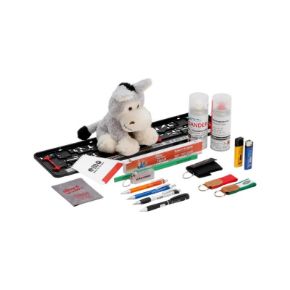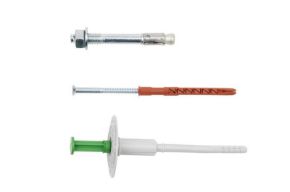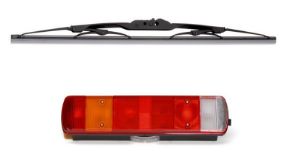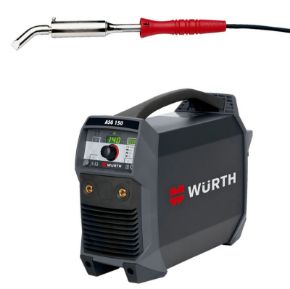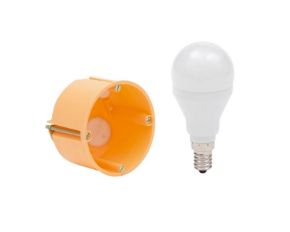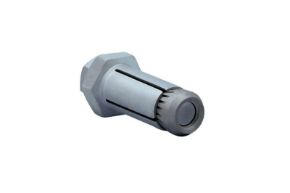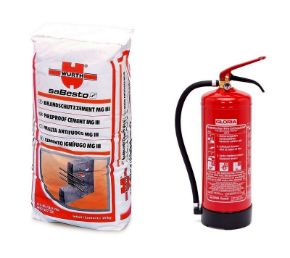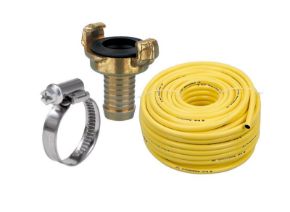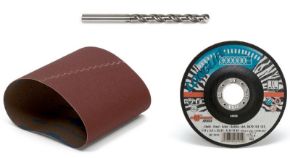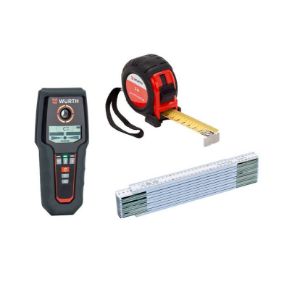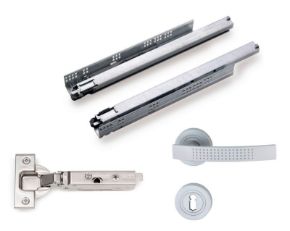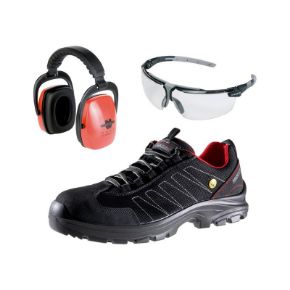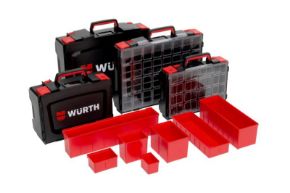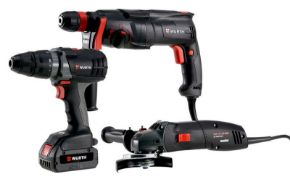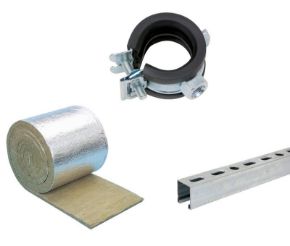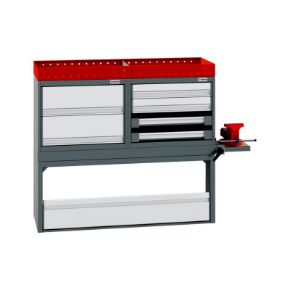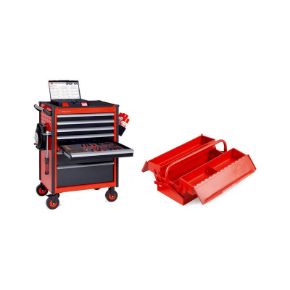What separates screws from other screws, and why must it be so complicated? This is an attempt at a quick introduction to the classification of screws and expressions used in the field.
First we separate wood screws and metal screws; wood screws and machine screws. Machine screws are either screwed into threaded goods or used together with a nut to clamp two or more parts together. Wood screws are used primarily in wood. Screws are classified, among other things, according to the firmness of the material (tensile strength), type of head and type of thread.
Hexagon head screws and hexagon socket screws larger than 5 mm are marked with the screw tensile strength and manufacturer's characteristics. The tensile strength class is stated with two numbers, for example 8.8. The first number says something about tensile strength. The second states that the yield strength is 80% of the tensile strength. The main rule is that a screw should be used together with a nut of the same, or higher, tensile strength class.
The dimension of a screw is measured in diameter and length. However, screws are also measured in different ways: Some lengths are measured under the head, sometimes the total length is measured. There are several standards out and about, but the two you see the most are:
ISO - International Organization for Standardization
DIN - Deutsches Institutt für normerning
The differences between the different standards are in many cases small, but still enough for professionals to be aware that there are some differences.
MATERIAL SELECTION AND SURFACE COATING - Screws must be selected according to the environment in which they are to be used and which other materials they are in contact with. Steel screws have other mechanical properties than "stainless" screws and the corrosion resistance of a steel screw depends on the surface coating the screw is protected with. Electro-galvanized screws, have a layer thickness of 5-8µ and glossy surface, and hot-dip galvanized (vzn) screws, the coating thickness of hot-dip screws varies between 45-100µ.
YES, STAINLESS RUSTS! - It is a widespread misconception that stainless steel does not rust. Climate and galvanic corrosion are factors that also allow "stainless" screws to corrode. There are numerous types of stainless / acid-resistant steel with different properties, which are used for different purposes.
Stainless steel (A2) - Can be used outdoors in inland climate
Acid resistant steel (A4) - Can be used outdoors in coastal climate
HOW DO YOU KNOW WHICH SCREW TO CHOOSE?
Even when you know the different technical characteristics and dimensions, the choice of screw type can still be a real tough nut.
Just remember to consider the material in which you are driving the screw, and if it’s wood, choose wood screws, and if it’s metal, choose metal. Whenever you need fasteners, think Würth.

